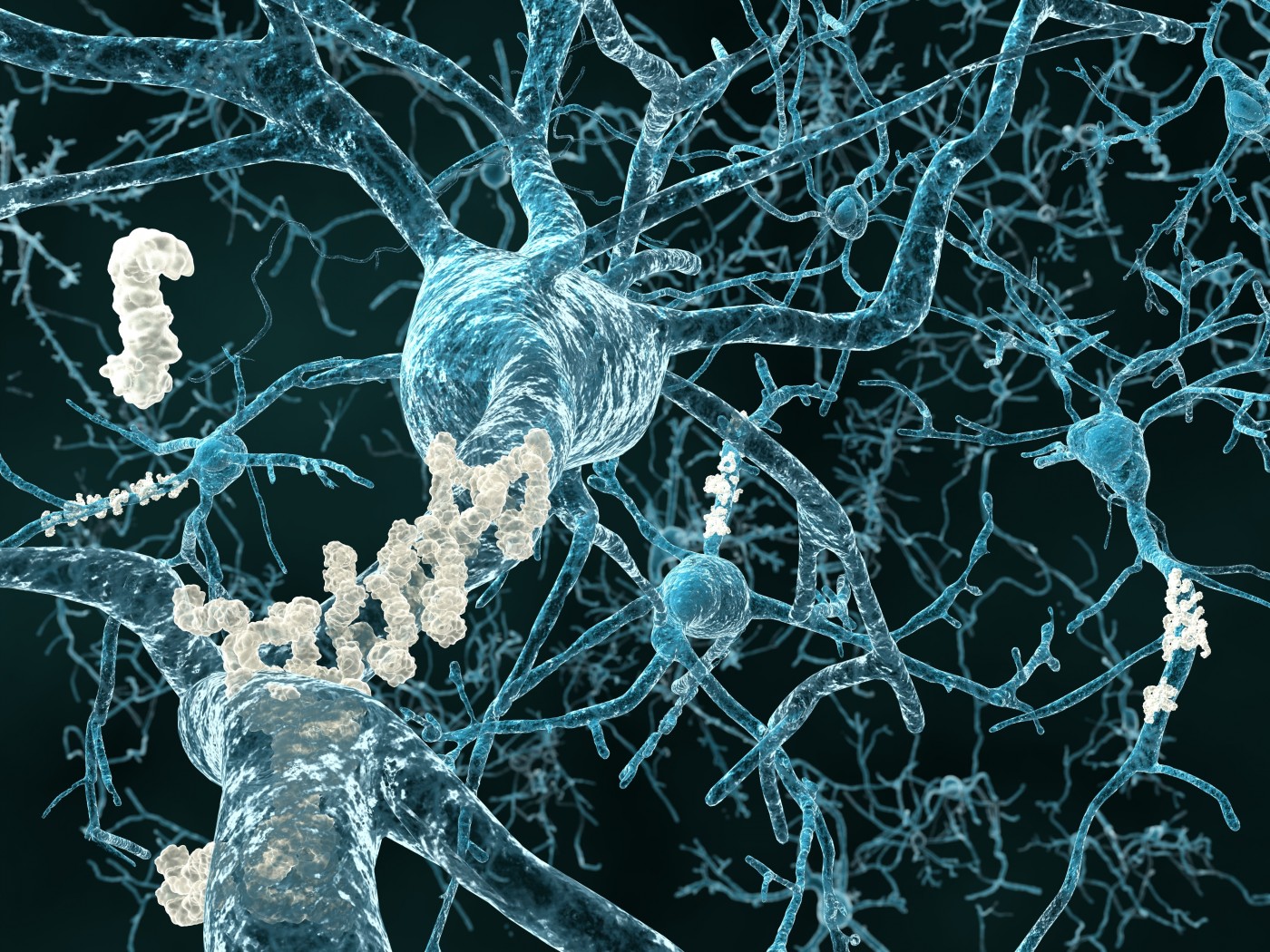Mutated Gene Found to Play Key Role in Neurodegeneration

Recent research has shed new light on genetic mechanisms involved in the process of neurodegenerative disease development.
Neurodegenerative disorders including Alzheimer’s, Huntington’s and Parkinson’s are conditions characterized by the progressive loss of structure and function of neurons that eventually lead to the neuron’s death. These conditions involve complex processes and mechanisms that render the identification of causes very challenging. Little is known about the underlying genetic mechanisms despite recent advances in science and technology.
Prior studies revealed a link between a gene called UBQLN2 that is involved in protein degradation, and the process of neurodegeneration. It was found that when UBQLN2 is mutated, it participates in the development of neurodegenerative diseases. Still, the reason why mutated forms of the gene are involved in these conditions was not determined.
In the recent study “UBQLN2 Mediates Autophagy-Independent Protein Aggregate Clearance by the Proteasome,” published in Cell, researchers found that when the UBQLN2 gene is undamaged and healthy in mouse models it participates in the removal of toxic proteins clumps formed in the cell which are known to cause neurodegeneration. But when the gene becomes faulty it no longer ensures this function which leads to the buildup of protein clumps and the development of neurodegeneration.
“The function of UBQNL2 is connected to many neurodegenerative disorders, such as Parkinson’s, Alzheimer’s and Huntington’s disease,” Thimo Kurz, PhD, from the Institute of Molecular, Cell and Systems Biology, university of Glasgow, said in a press release. “These patients often have very clear clumps in their brain cells. Using mice that mimic human Huntington’s disease, we found that when UBQLN2 is mutated, it could no longer help nerve cells to remove protein clumps in the brains of these mice.”
The findings may one day lead to the development of novel therapeutic approaches to fight against neurodegeneration.
“The significance of this discovery goes beyond the role of UBQLN2 in motor-neuron disease with dementia,” said study author Dr Roland Hjerpe. “Our study has revealed a new mechanism by which nerve cells cope with protein clumps in general, which has implications for most neurodegenerative diseases and can open up avenues for new therapeutic interventions to treat these conditions in the future.”






